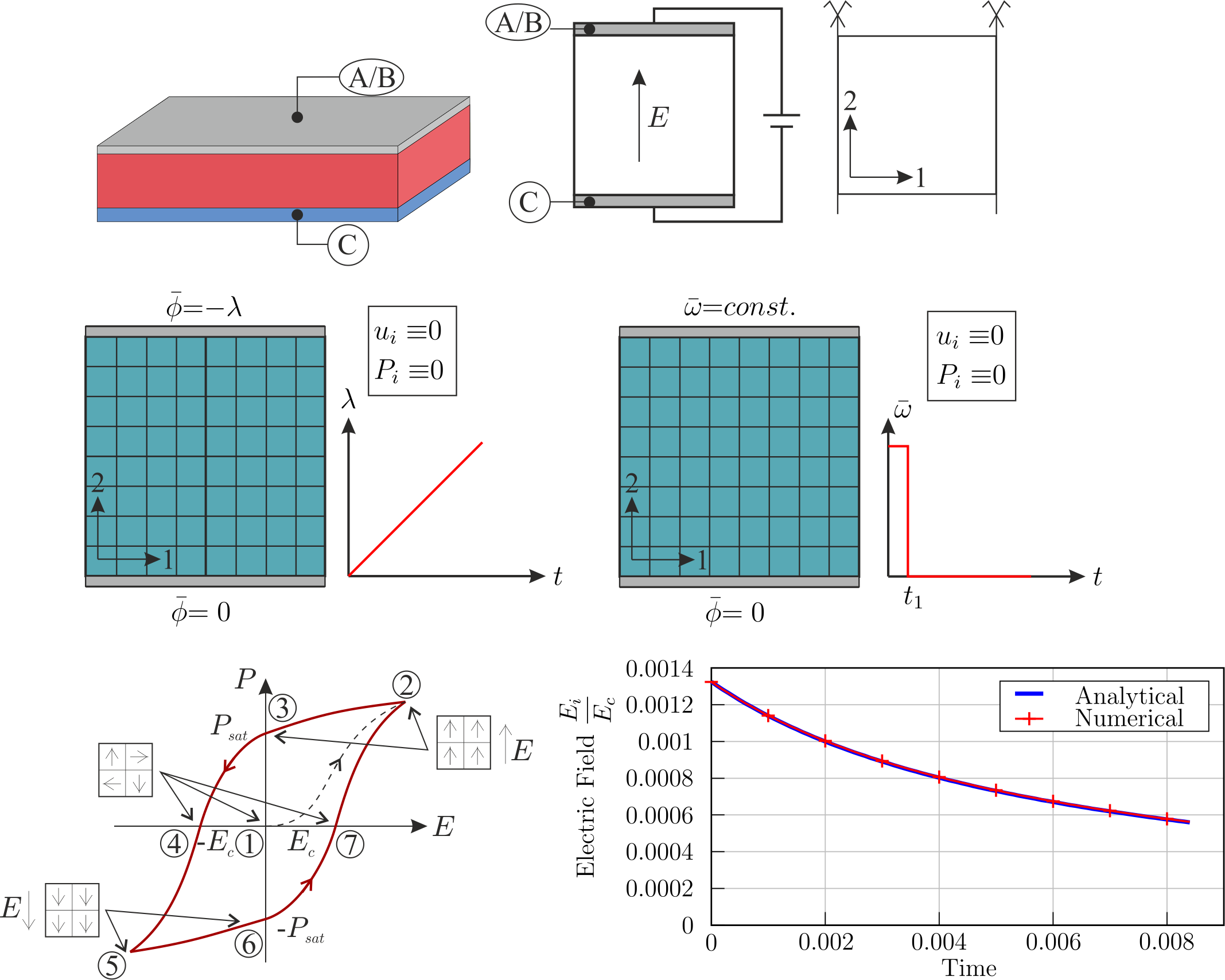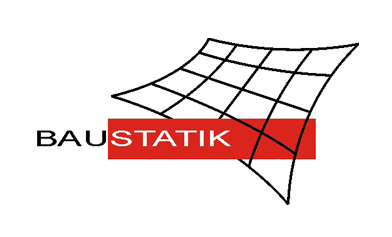Two-dimensional conduction mechanisms in ferroelectric nanogenerator structures simulated by phase field method
This project aims to numerically implement nanogenerator structures, with a conversion from mechanical deformation to electrical energy using a ferroelectric material. The atomic feature of the ferroelectric is its tetragonal unit cell at room temperature, where a polarization is developed. Based on the energy conversion, a coupling between mechanical parameters and those from electrostatics is necessary. With the help of the coupling, interactions and interferences can be investigated. The numerical model is based on the free Helmholtz energy. Additional degrees of freedom are introduced for the electrostatic quantities, so that finally a phenomenological material model can be implemented by using the phase field method. Since impurities of the ferroelectric, which can already occur during the manufacturing process, lead to power losses, different conduction mechanisms are investigated in this project. The aim is to specify a mechanical and electrical limiting load for a generator design on the basis of assumptions.

Contact Person
M.Sc. Franziska Wöhler

